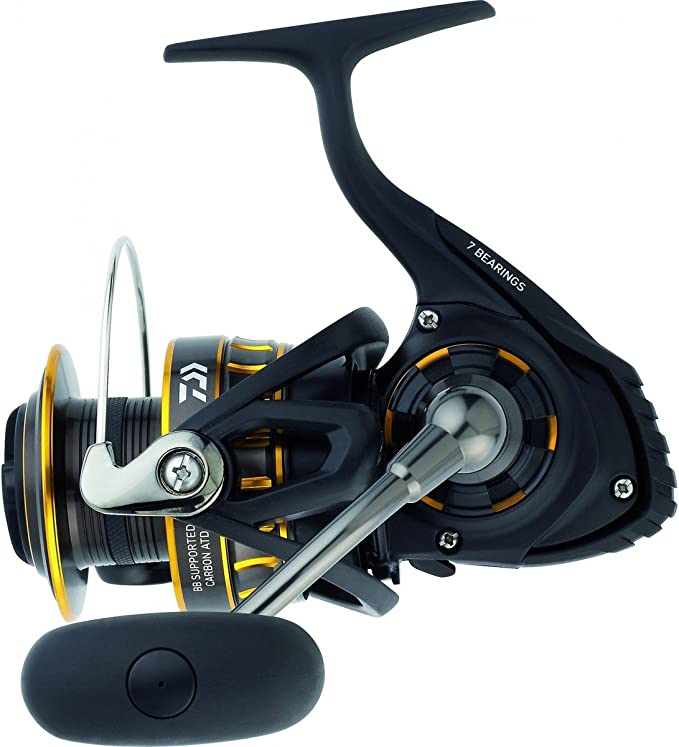The Physics of Resonance: How Smart Plaque Removers Distinguish Stone from Skin
Update on Nov. 18, 2025, 8:52 a.m.
In the hierarchy of oral deposits, there is a critical distinction between the soft and the hard. Plaque is a soft, sticky biofilm that can be brushed away. But if left undisturbed, it undergoes a chemical transformation known as mineralization. Absorbing calcium and phosphate from saliva, it hardens into dental calculus (tartar)—a concrete-like substance bonded to the enamel.
Once plaque calcifies, no amount of brushing will remove it. It requires mechanical fracture. Historically, this meant a trip to the dentist for scaling. However, the emergence of consumer-grade devices like the Moeckearla JYQ-01 Plaque Remover suggests a shift. By harnessing High-Frequency Vibration Technology, these tools promise to shatter the bond between stone and tooth safely at home. But how does a vibrating metal tip know not to cut your gums?

The Core Technology: Resonance and Impedance
The “magic” described in user reviews—where the device stops working the moment it touches gums—is actually applied physics. It relies on the principle of Acoustic Impedance and Resonance.
- The Hard Target: Dental calculus and tooth enamel are rigid crystalline structures. When the metal tip vibrates at ultrasonic or near-ultrasonic frequencies (often exceeding 30,000 vibrations per second), it transfers kinetic energy efficiently into these hard materials. This energy causes the brittle calculus to resonate and fracture, flaking off the surface.
- The Soft Barrier: Gum tissue is soft, elastic, and water-rich. It has a completely different mechanical modulus. When the high-frequency tip touches the soft gum, the tissue absorbs and dampens the vibration rather than reflecting it.
The Moeckearla device utilizes Intelligent Identification Technology. Its internal sensor detects this change in vibrational feedback load. When it senses the “damping” effect of soft tissue, it instantly cuts the power or dampens the oscillation amplitude. This creates a fail-safe mechanism: the device physically cannot generate the force required to cut or injure soft tissue because the tissue itself neutralizes the vibration mechanism.
Visualizing the Invisible: The Role of Auxiliary Tech
Removing calculus is a precision task. Unlike brushing, which is a broad sweeping motion, scaling requires targeting specific millimeter-sized deposits, often located on the lingual (tongue) side of the lower incisors.
To bridge the gap between professional ergonomics and home use, the integration of LED Lighting directly onto the cleaning head is an essential engineering choice. It illuminates the oral cavity’s dark recesses, allowing the user to visually distinguish between the yellowish tartar and the white enamel. Combined with a dental mirror (included in the kit), it allows the user to perform a self-exam and targeted cleaning that was previously impossible with bathroom lighting alone.

Usage Protocol: The “Chipping” Technique
Using a plaque remover requires a fundamental shift in technique compared to brushing.
1. No Scrubbing: The tip is not a brush. It should not be scrubbed back and forth.
2. Point Contact: The correct method is to place the tip against the calculus deposit and hold it steady or move it very slowly. You are waiting for the resonance to build up and fracture the deposit.
3. Start Soft: The 5 intensity modes allow for acclimation. Beginners should start on “Soft” to understand the tactile feedback of the vibration without being startled by the high-pitched sound (a natural byproduct of high-frequency oscillation).
Safety and Limitations
While the “gum-safe” technology significantly reduces the risk of soft tissue injury, the risk to enamel remains a consideration. Enamel is harder than steel, but persistent, high-intensity scratching in one spot can theoretically cause micro-abrasions. Therefore, these devices are best viewed as Interval Maintenance Tools—used once a month or between dental visits to remove visible buildup—rather than daily hygiene devices.
Additionally, the device operates on a 10-minute auto-shutoff cycle. This is not a battery flaw but a thermal protection feature, preventing the transducer from overheating and ensuring the device remains safe to hold.

Conclusion: Empowered Maintenance
The Moeckearla JYQ-01 represents the democratization of dental scaling technology. By using intelligent sensors to distinguish between hard and soft tissues, it removes the primary danger of home scaling.
It does not replace the dentist—deep subgingival cleaning still requires a professional—but it empowers the individual to manage supragingival (above the gum) calculus. It turns a passive struggle against tartar into an active, effective maintenance routine, backed by the safety of physics.




























